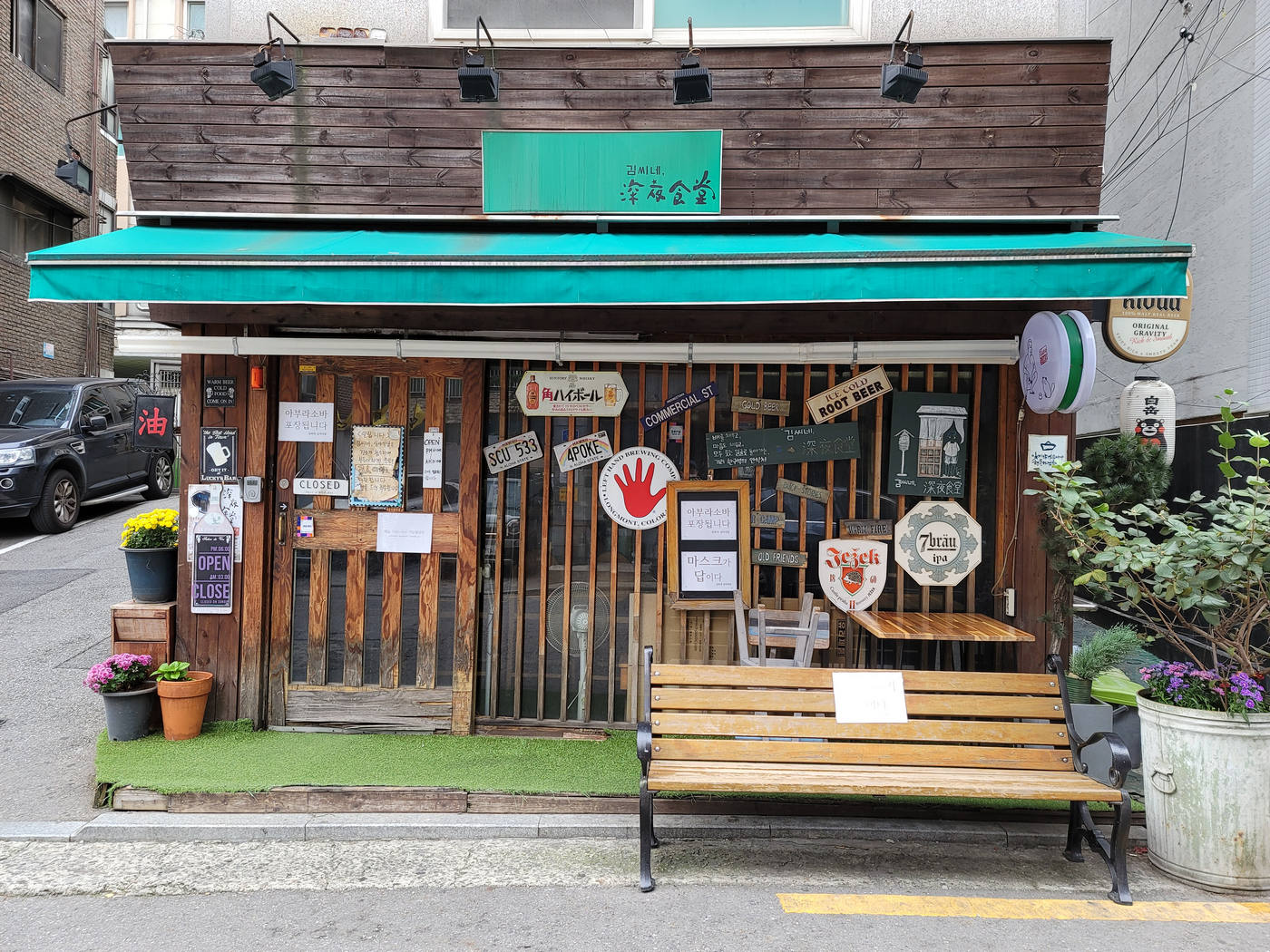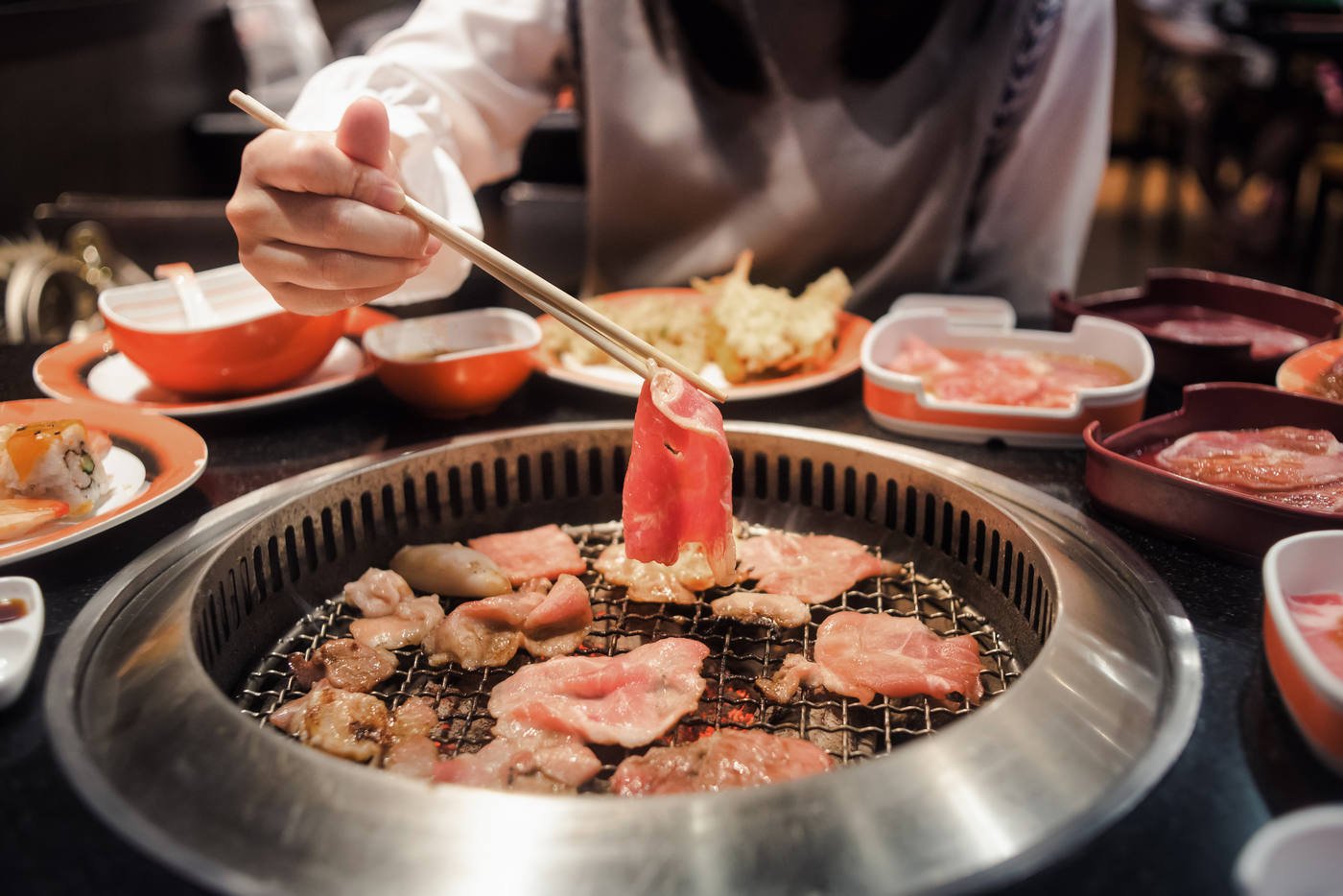Beyond the borders of customary cultural confluence lies the connection forged by culture of a more popular kind — and pop culture has found a pulsating playground in East Asia. In fact, over the last decade, East Asian pop culture has exploded not just in the region, but also across the worldwide stage.
Far-reaching cultural crossovers
Globalization has made the world an even smaller place, one which is easily navigable through social media channels. This combination of forces has made it easier for western audiences to be exposed to and get a dose of their East Asian pop culture fix. It has also made it easier for cross-cultural movement between neighboring countries like Japan and South Korea.
Beyond the borders of customary cultural confluence lies the connection forged by culture of a more popular kind — and pop culture has found a pulsating playground in East Asia.
Throughout history, there have been crossovers in cultural influences between Japan and South Korea. What began in the 1900s as cultural assimilation under the Japanese occupation of Korea has morphed into shared sentiments and imbibed interests between both nations — especially with the younger generations.
Case in point, Japanese pop culture is currently resurging in South Korea, serving to strengthen a bond that has, at times, become rather tenuous.
Anime and manga on the rise
Anime, types of Japanese animated film, has propelled in popularity once more. In the locale of Seoul’s Hongik University Station, promotional posters featuring various anime characters hang proudly on the walls. In this same area, Korean cosplayers mill about in anime- and Harajuku-inspired costumes.
In April 2023, Japanese anime film “Suzume” by Japanese director Makoto Shinkai director broke box-office records in South Korea, hitting 4.48 million in ticket sales on opening weekend. The animation film broke the record previously set by “The First Slam Dunk,” which grossed 4.46 million in ticket sales in South Korea. The anime sports film, released in December 2022, was written and directed by Takehiko Inoue.
Manga, popular Japanese cartoons, usually in the form of graphic novels and printed comic, enjoys the
same level of acclaim as its anime counterpart. Animate is among the more well-known manga bookstores in South Korea. Here, volumes upon volumes of Japanese manga comic books line bookshelves and form stacks on the floor, alongside Korean titles.
In other forms of mass entertainment, the East Asian television series genre on streaming services is likewise dominated by Japanese and Korean titles, both of which have seen a remarkable boom, over the last decade. It is interesting to note, as well, that K-Dramas have reached higher heights of popularity not only globally, but within Japan, too.
The izakaya and culinary craze
Izakayas — small and upbeat, tavern-style Japanese bars with alcoholic drinks and Japanese bar chow on the menu — are enjoying an upturn in popularity across South Korea. Japanese and Koreans, alike, have a mutual appetite not only for their favorite cocktails, soju, and sake, but also for the barbequed dishes typically served at izakayas. The penchant for these palate-pleasing grilled meats or yakiniku is actually underpinned on Korean food history. Yakiniku is largely thought to have evolved from Korean barbecue, among the most popular dishes in Korean cuisine, and is believed to have been derived from the cuisine at early Korean restaurants in Osaka and Tokyo, founded around 1945 by Korean migrants to Japan.
This is reflective of a larger culinary picture. In June 2019, the Japan Times reported that “according to Statistics Korea (KOSTAT), part of South Korea’s Ministry of Strategy and Finance, the number of Japanese restaurants in South Korea increased from 7,466 in 2013 to 11,714 in 2017, the largest growth among international restaurants in the nation during this period. Changing trends in travel, consumption and even business are driving up the popularity of Japanese cuisine.”
Pop music’s phenomenal power
Of course, when speaking of Japanese and Korean pop-cultural confluence, it is imperative to mention the music scene and the smashing successes in the genres of J-Pop and K-Pop. While there are inherent differences (apart from the obvious similarities) between the two, and while the latter has gained a stronger mass base than the former, both types of wildly popular East Asian music have taken the world by storm. J-Pop and K-Pop both utilize the “idol system” to attract fans, and groups are typically all-male or all-female, rather than mixed. Although J-Pop tends to market these idols in a more “kawaii”-meets-sultry sensibility, K-Pop strives for an edgier, slicker marketing appeal.


While the songs are predominantly written and sung in their respective mother tongues, both Japanese and South Korean pop music incorporate western styles into their musicality, fashion, and choreography to attract broader audiences. Music producers have noted, however, that K-Pop is more formulaic and predictable (therefore, easier and catchier to listen to) than its Japanese counterpart; hence, the ease by which it attracts listeners and fans, in the millions.
From music, film, and TV series to food, fashion, and graphic art, East Asian pop culture — with Japan and South Korea basking in the spotlight — has definitely caught the global eye. And, because of the immense draw of pop-culture with the youth, this form of cultural exchange is certain to be a bridge between the two nations, for generations, to come.





